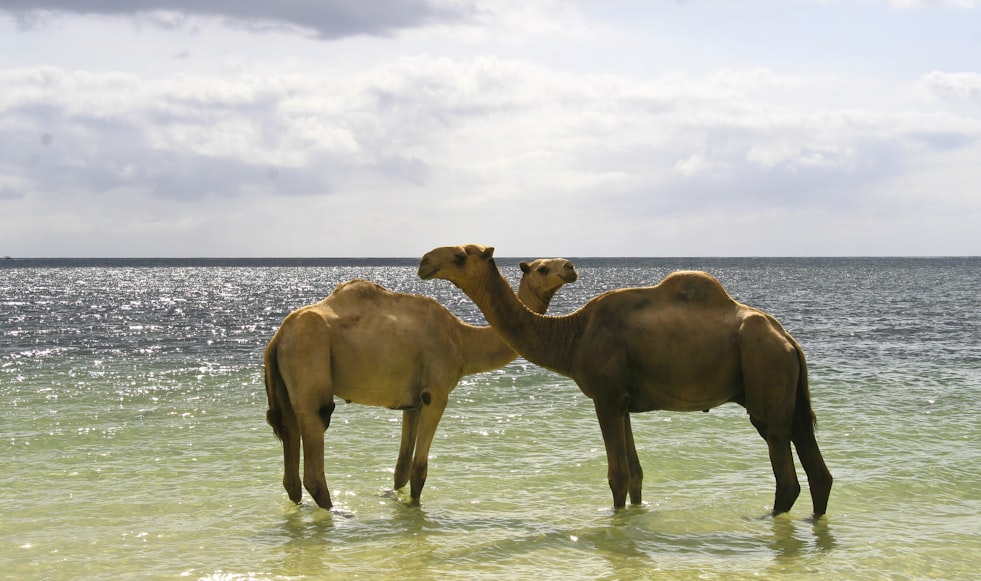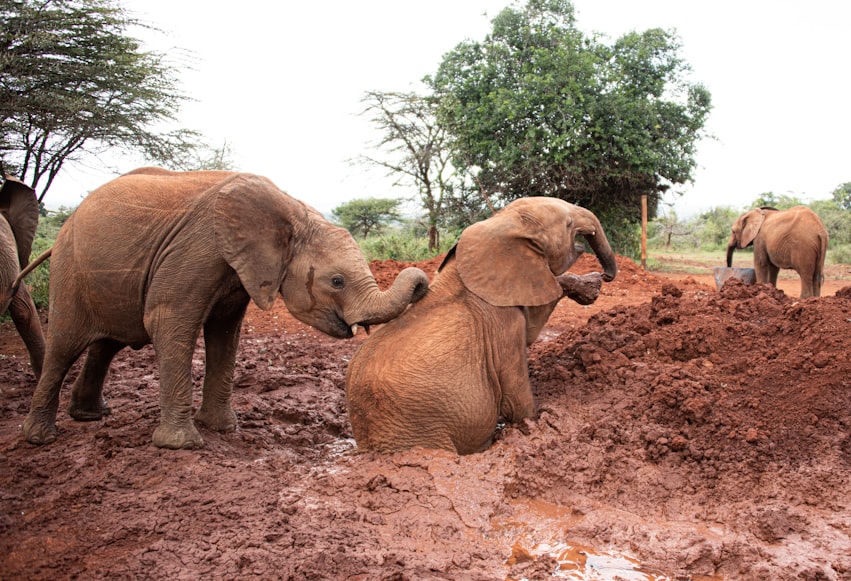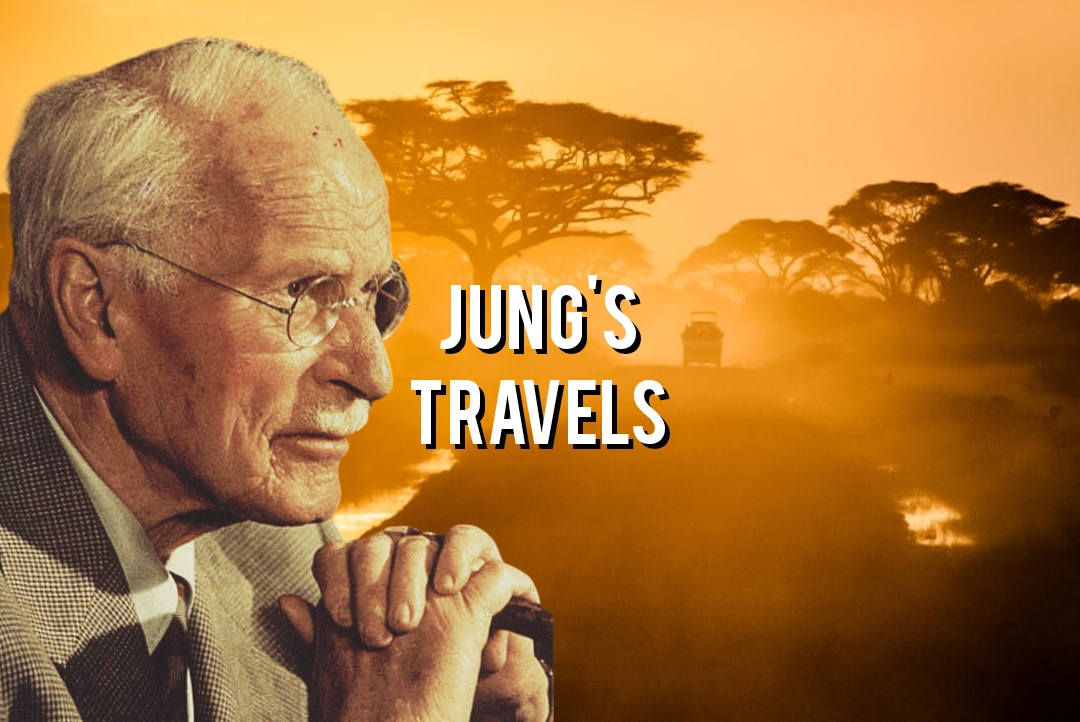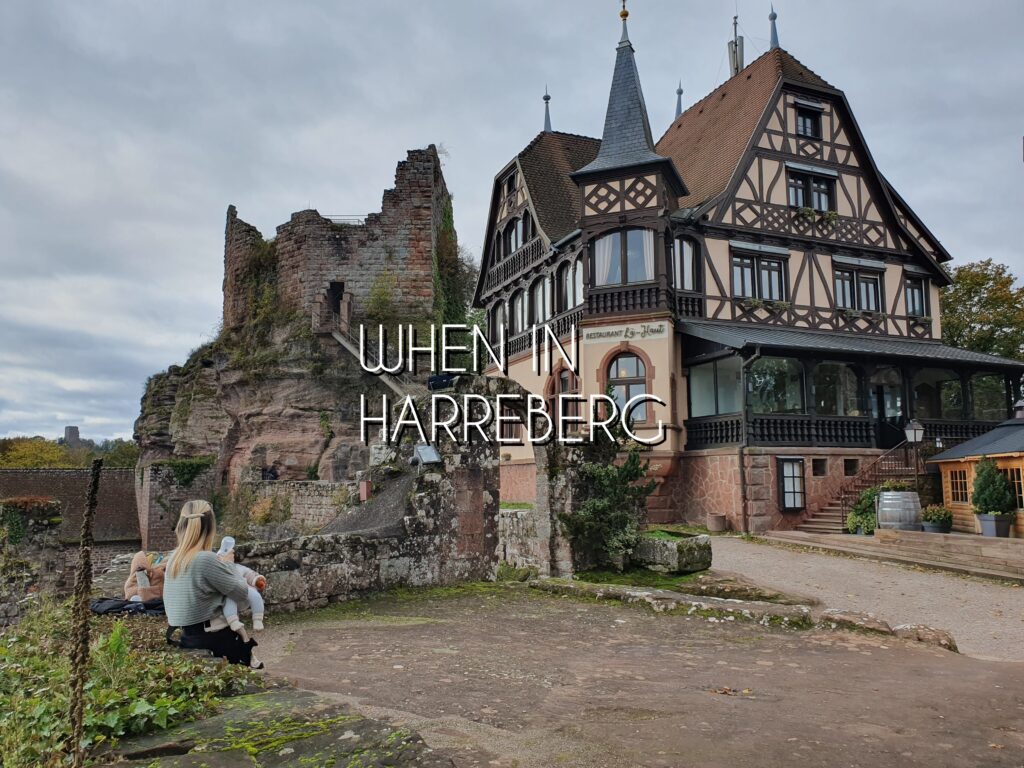Carl Gustav Jung, the Swiss psychiatrist and psychoanalyst who founded analytical psychology, had a profound interest in culture, mythology, and the human psyche. His explorations often led him to places rich in history, spirituality, and psychological significance. Here are five destinations that Jung visited that he might recommend for their unique contributions to understanding the human experience.
I think it is better for all people to live on, to look forward to the next stage (after death), as if he had to spend centuries, then he lives properly… looking forward to the great adventure ahead, then he lives!
Carl Gustav Jung
Tunis, Tunisia
Tunis, the capital city of Tunisia, is a fascinating blend of Arab, Berber, and French influences. The city is home to the ancient ruins of Carthage, which hold significant historical and mythological importance. Jung, who emphasized the importance of symbols and archetypes, would likely appreciate the rich tapestry of stories that these ruins tell. Additionally, the Bardo National Museum is a treasure trove of Roman mosaics and artifacts that reflect the complex history of the region. A visit to Tunis offers a deep dive into the interplay of culture, history, and the unconscious mind.

Indian Pueblo, New Mexico, USA
The Indian Pueblo in New Mexico is a remarkable destination that encapsulates the heritage of Native American culture. Jung’s work often explored the significance of indigenous myths and symbols, making this site particularly relevant. Visitors can experience traditional ceremonies, art, and crafts, all of which are deeply rooted in the psychological and spiritual life of the Pueblo people. The connection to nature and the community’s collective consciousness would resonate with Jung’s theories on the collective unconscious.
Mombasa, Kenya
Mombasa, a coastal city in Kenya, is known for its vibrant culture and history. As a significant trading port, it has been influenced by various cultures, including Arab, Portuguese, and Swahili. Jung’s interest in the integration of different cultural symbols would make Mombasa a compelling destination. The Old Fort and the bustling markets reflect the rich tapestry of life in Mombasa. The city’s connection to the ocean and its diverse wildlife also echo Jung’s themes of nature and the human psyche’s relationship with the environment.

Nairobi, Kenya
Nairobi, the capital of Kenya, is a city that embodies the intersection of tradition and modernity. Jung would likely find the Nairobi National Park particularly intriguing, as it is a unique space where wildlife coexists with urban life. This juxtaposition could serve as a metaphor for the conscious and unconscious mind. Additionally, the Nairobi National Museum offers insights into Kenya’s history, culture, and heritage, aligning with Jung’s interest in understanding the self through cultural narratives.

India
India is a land of immense diversity, spirituality, and philosophy. From the ancient texts of the Vedas to the practices of yoga and meditation, India offers a wealth of insights into the human psyche. Jung had a profound interest in Eastern philosophies, particularly in how they relate to the psyche. Visiting sacred sites such as Varanasi, the Himalayas, or the temples of South India can provide profound experiences that resonate with Jungian concepts of self-discovery and spiritual awakening. The rich mythological landscape and the emphasis on inner exploration make India a significant destination for anyone interested in the depths of the human experience.

Conclusion
Carl Gustav Jung’s explorations of the human mind and culture lead him to these diverse destinations. Each location offers unique insights into the collective unconscious, cultural symbolism, and the interplay between the individual and their environment. Whether through history, spirituality, or cultural expression, these places invite visitors to reflect on their own psychological journeys and the shared human experience.




